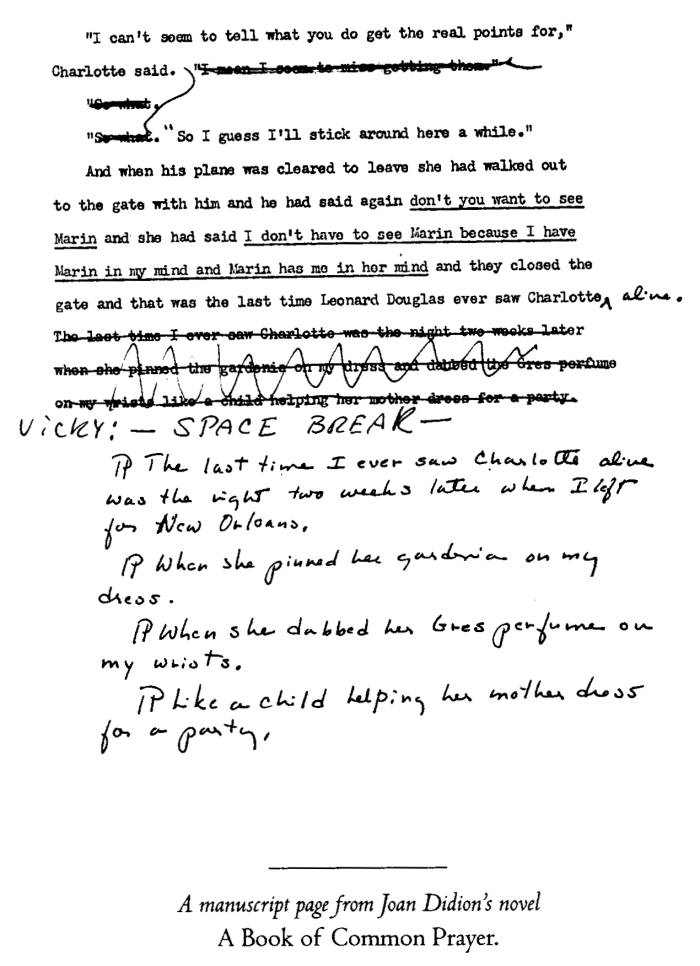Most deep space missions send spacecraft hurtling far from the sun,The Perfect Taste of Sex into the frozen unknown hundreds of millions of miles beyond Earth. But on Friday, the European Space Agency (ESA) will blast two orbiters to heavily cratered Mercury, the planet closest to the sun.
Liftoff of the two craft — collectively called BepiColombo — is scheduled for 9:45 p.m. ET on Friday. It can be watched live here.
A European Ariane 5 rocket will lift BepiColombo into space. The two craft will then spend seven years traveling through the void before arriving at their Mercury destination, a metallic outpost in a relatively warm part of the solar system.
Read on for the vital facts about this monumental excursion.
This Tweet is currently unavailable. It might be loading or has been removed.
Radiation-blasted Mercury is still a little explored place.
Only two NASA spacecraft, Mariner 10 and Messenger, have visited Mercury before, with Messenger intentionally crashing into the planet in 2015.
By improving our understanding Mercury's composition, atmosphere, and magnetism, scientists can better understand how rocky-Earth-like planets came to be — and provide insight into whether other far-off solar systems may have formed similar planets.
This Tweet is currently unavailable. It might be loading or has been removed.
"Exploring Mercury is therefore fundamental to answering important astrophysical and philosophical questions such as 'Are Earth-like planets common in the Galaxy?'," the ESA writes.
Like many great spacecraft — here's looking at you, Hubble and Kepler — BepiColombo is named after a scientist.
"The mission is named after the Italian mathematician and engineer Giuseppe (Bepi) Colombo (1920–84)," ESA said in a statement.
"He is known for explaining Mercury’s peculiar characteristic of rotating about its own axis three times in every two orbits of the Sun."
Now Colombo's namesake is heading to the planet he helped us all get to know a little better.
This Tweet is currently unavailable. It might be loading or has been removed.
BepiColombo is made up of two different spacecraft with two very different jobs.
One craft, called the Mercury Planetary Orbiter, will carry 11 scientific instruments to the small planet; they're all focused on mapping Mercury and the space environment that surrounds it.
The other spacecraft, called Mercury Magnetospheric Orbiter, was built by Japan's space agency and will focus on studying the planet's magnetic environment.
BepiColombo's sensitive instruments will encounter temperatures rivaling those in a pizza oven. But ESA has a plan to keep the two spacecraft nice and cool.
"To cope with this, the spacecraft’s external items, such as the antennas, solar arrays, Sun sensors, and multilayer insulation, have temperature-resistant outer layers and protective coatings, which were individually qualified to prove their capability," ESA said in a statement.
The Mercury Planetary Orbiter will also come equipped with a radiator designed to reflect heat from the spacecraft, keeping it functioning even when close to the sun.
It's not exactly a quick trip to the closest planet to the sun.
Once BepiColombo launches, it should travel through space for a little over 7 years before making it into orbit around Mercury.
Before beginning its orbit of Mercury in 2025, the spacecraft will flyby Earth in 2020, flyby Venus in 2020 and 2021, and then perform six different flybys of Mercury before making it into orbit.
(Editor: {typename type="name"/})
 NYT Connections Sports Edition hints and answers for April 26: Tips to solve Connections #215
NYT Connections Sports Edition hints and answers for April 26: Tips to solve Connections #215
 For Seamus by Belinda McKeon
For Seamus by Belinda McKeon
 Here's the deal with those weird Amazon ambassador Twitter amounts
Here's the deal with those weird Amazon ambassador Twitter amounts
 Why Tai Chi needs more love from the tech world
Why Tai Chi needs more love from the tech world
 The internet is talking like Kevin from 'The Office' now
The internet is talking like Kevin from 'The Office' now
Today's Hurdle hints and answers for April 23, 2025
 If you like playing daily word games like Wordle, then Hurdle is a great game to add to your routine
...[Details]
If you like playing daily word games like Wordle, then Hurdle is a great game to add to your routine
...[Details]
 Dream WeaverBy Sadie SteinDecember 5, 2013Quote UnquoteINTERVIEWERYou have said that writing is a ho
...[Details]
Dream WeaverBy Sadie SteinDecember 5, 2013Quote UnquoteINTERVIEWERYou have said that writing is a ho
...[Details]
Lil Nas X, still Very Online, stays unbothered by conservative outrage
 Lil Nas X is handling the conservative backlash to his latest music video by leaning into it. The ar
...[Details]
Lil Nas X is handling the conservative backlash to his latest music video by leaning into it. The ar
...[Details]
Explained: Who is Ruth in 'Barbie?'
 From its collaborations, discontinued dolls, and Barbiecore fashions, the Barbie movie proves a cras
...[Details]
From its collaborations, discontinued dolls, and Barbiecore fashions, the Barbie movie proves a cras
...[Details]
NYT Connections hints and answers for April 14: Tips to solve 'Connections' #673.
 Connectionsis the one of the most popular New York Times word games that's captured the public's att
...[Details]
Connectionsis the one of the most popular New York Times word games that's captured the public's att
...[Details]
Instagram copies another TikTok feature with 'Remix'
 Instagram's new Remix feature looks a lot like the one that made TikTok so popular. The platform lau
...[Details]
Instagram's new Remix feature looks a lot like the one that made TikTok so popular. The platform lau
...[Details]
Wordle today: Here's the answer and hints for July 21
 Can't get enough of Wordle? Try Mashable's free version now Y
...[Details]
Can't get enough of Wordle? Try Mashable's free version now Y
...[Details]
Updike on Free Parking by Sadie Stein
 Updike on Free ParkingBy Sadie SteinDecember 17, 2013Video & MultimediaCheck out this nifty vide
...[Details]
Updike on Free ParkingBy Sadie SteinDecember 17, 2013Video & MultimediaCheck out this nifty vide
...[Details]
Best roborock deal: Save $400 on Q5 Pro+ Robot Vacuum and Mop
 SAVE $400:As of April 22, the roborock Q5 Pro+ Robot Vacuum and Mop is on sale at Amazon for $299.99
...[Details]
SAVE $400:As of April 22, the roborock Q5 Pro+ Robot Vacuum and Mop is on sale at Amazon for $299.99
...[Details]
 Tragic, IndeedBy Sadie SteinDecember 18, 2013LookIf selfiewas the word of the year, can the slightly
...[Details]
Tragic, IndeedBy Sadie SteinDecember 18, 2013LookIf selfiewas the word of the year, can the slightly
...[Details]
The strangeness of Japan's decision to start openly hunting whales

Drinking with the Factotum by Sadie Stein

接受PR>=1、BR>=1,流量相当,内容相关类链接。